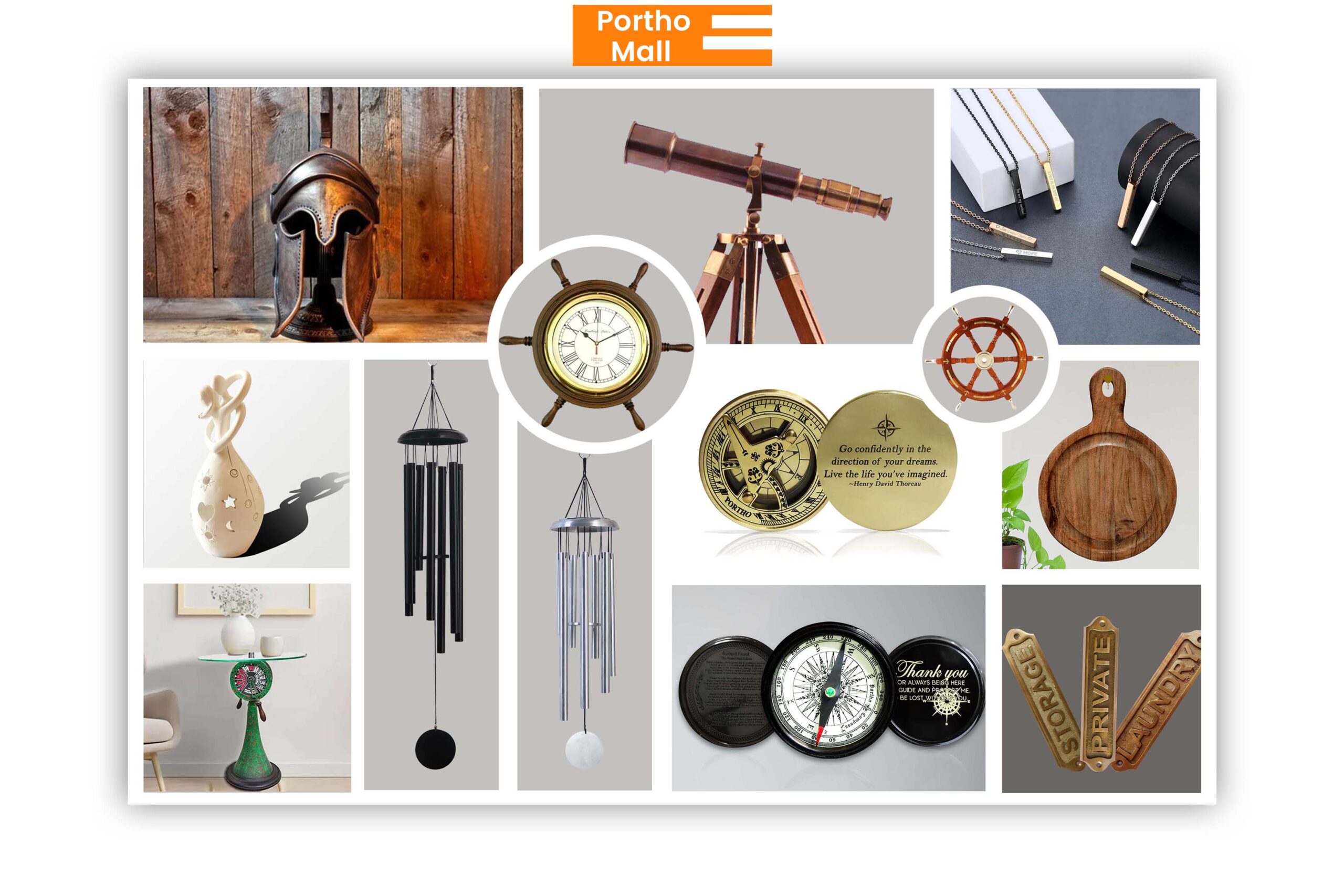The market for wearable technology has boomed in recent years as companies compete to appeal to our inner geek by releasing one cutting-edge device after another into the marketplace.
Table of Contents
What is wearable technology?
Wearable technology refers to electronic devices that are designed to be worn on the body and provide various benefits to the wearer. These devices are integrated into clothing, accessories, or implants, and typically aim to enhance the user’s experience by providing convenience, comfort, and accessibility to information and functions. Wearable technology encompasses a range of products, including smartwatches, fitness trackers, health monitors, smart glasses, virtual reality headsets, and smart clothing. These devices often use sensors, wireless connectivity, and other technologies to gather and transmit data, and provide real-time information and feedback to the user.
Wearable technology in Industries
Wearable technology is being utilized in various industries to improve operations, enhance productivity, and increase safety for workers. Some examples include:
- Healthcare: There are many different types of wearable technology; popular examples include smartwatches, wristbands, and rings like the Fitbit, Apple Watch, and Samsung Gear (e.g., Oura Ring). However, due to recent advances in science, a wide range of wearable gadgets, such as smart sport patches that can track hydration levels or even smart contact lenses that can see early signs of cancer or glaucoma, are about to become a reality.
An explosion in the number of new devices that may collect information about the wearer’s health has been made possible by technological advancements.
- Manufacturing: Wearable devices, such as smart glasses and augmented reality headsets, are being used to enhance worker efficiency, improve safety, and streamline processes on the factory floor.
- Retail: Wearable devices, such as smartwatches and smart glasses, are being used by employees to improve customer service, increase sales, and streamline operations in stores.
- Construction: Wearable devices, such as smart glasses, are being used to improve worker safety and efficiency on construction sites, by providing real-time information and guidance.
- Transportation: Wearable devices, such as fitness trackers and smartwatches, are being used by truck drivers and other transportation workers to monitor health, improve efficiency, and ensure safety on the road.
- Military: Wearable devices, such as smart glasses and augmented reality headsets, are being used by military personnel to enhance situational awareness, improve communication, and increase safety in combat situations.
- Sports: Wearable devices, such as fitness trackers and smartwatches, are being used by athletes to track performance, monitor health, and enhance training.
These are just a few examples of how wearable electronics is being used in different industries to improve operations and outcomes.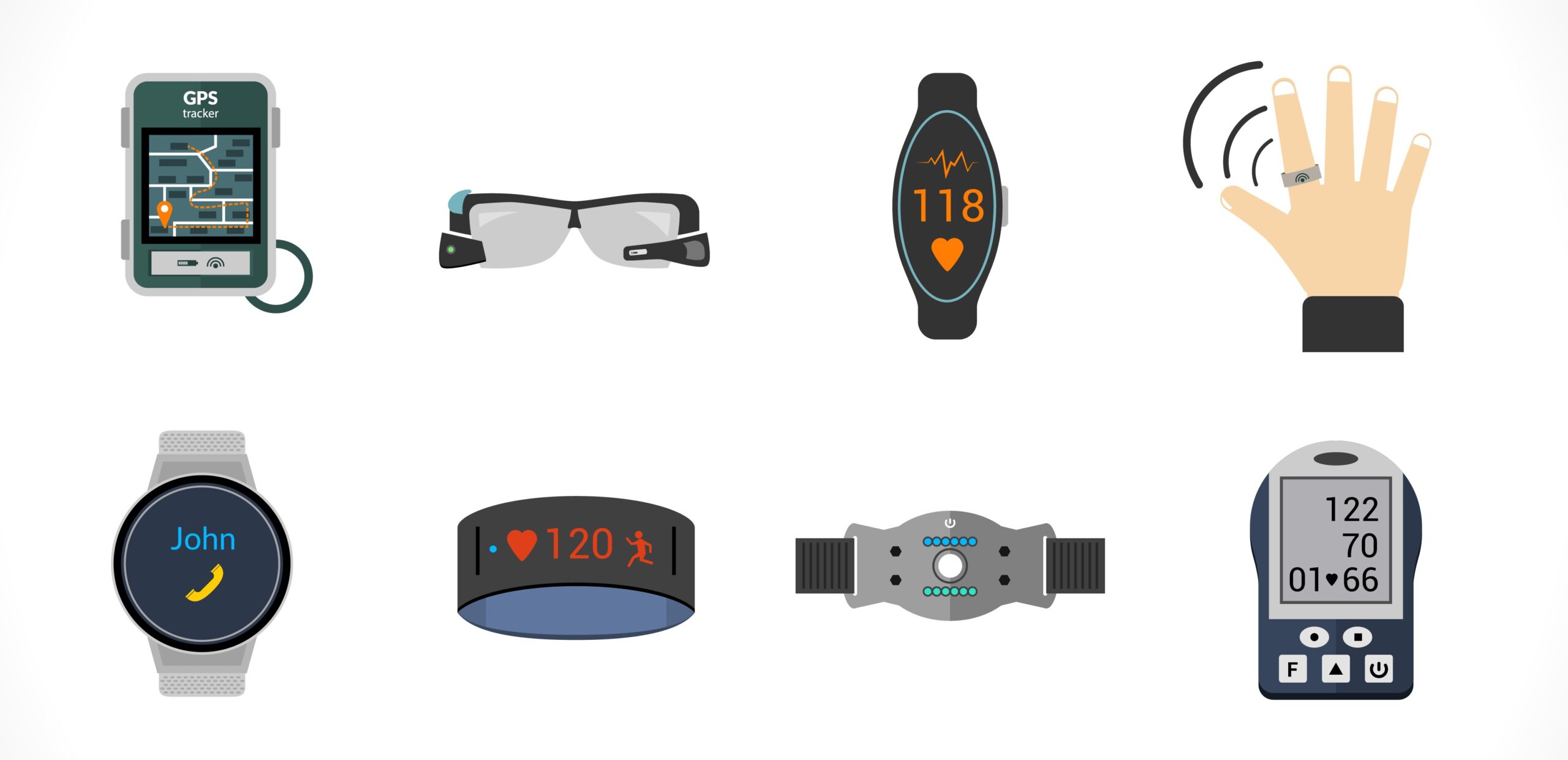
What is wearable technology used for?
- Health and fitness tracking: Wearables like fitness trackers and health monitors are used to monitor physical activity, track vital signs, and improve overall health and wellness. • Communication and information access: Wearables like smartwatches and hearables provide quick and convenient access to information and communication with others. • Augmented and virtual reality: Wearables like smart glasses and VR headsets offer
augmented and virtual reality experiences by combining the real world with digital information.
- Gaming and entertainment: VR and AR wearables provide new and innovative gaming and entertainment experiences.
- Workplace productivity and safety: Wearables like smart glasses and AR headsets are used in various industries to increase worker efficiency, safety, and streamline operations.
- Sports performance tracking: Wearables like fitness trackers and smartwatches are used by athletes to track performance and monitor health.
These are just a few examples of the applications of wearable electronics, with new uses being developed as technology advances.
What is wearable smart technology?
Wearable technology refers to any type of device or clothing that can be worn on the body and perform specific functions, such as tracking fitness or playing music. This definition can encompass a wide range of devices, including simple wearable devices like fitness trackers and more complex devices like smartwatches.
Wearable smart technology specifically refers to wearable devices that are equipped with advanced sensors, processors, and software, and are capable of connecting to the internet and interacting with other devices, such as smartphones. These devices are typically more sophisticated than simple wearable devices and offer a wider range of functions, such as health and fitness tracking, communication and information access, augmented and virtual reality, gaming and entertainment, and workplace productivity and safety.
In conclusion, all wearable smart technology is wearable technology, but not all wearable technology is wearable smart technology.
Benefits of wearable smart technology?
- Convenience: Wearable technology allows the user to have immediate access to information and features without having to reach for a separate device, such as a smartphone or tablet.
- Health/Fitness tracking: Wearable devices can track physical activity, heart rate, and other health metrics to help individuals monitor their health and wellness. 3. Improved communication: Wearable technology can improve communication through features such as hands-free calling, texting, and email access.
- Increased safety and security: Wearable devices equipped with GPS and other safety features can provide real-time information to emergency responders or provide location tracking in case of loss or theft.
- Enhanced entertainment experiences: Wearable technology such as smartwatches and VR headsets can enhance entertainment experiences by providing new ways to interact with games, movies, and other forms of media.
What are five wearable devices?
1.Smart watches: A smartwatch is a wearable device that functions as a mobile computer, allowing the wearer to access information, communicate, and control other devices. Smartwatches typically run on a platform such as Android or iOS and can be paired with a smartphone to receive notifications, 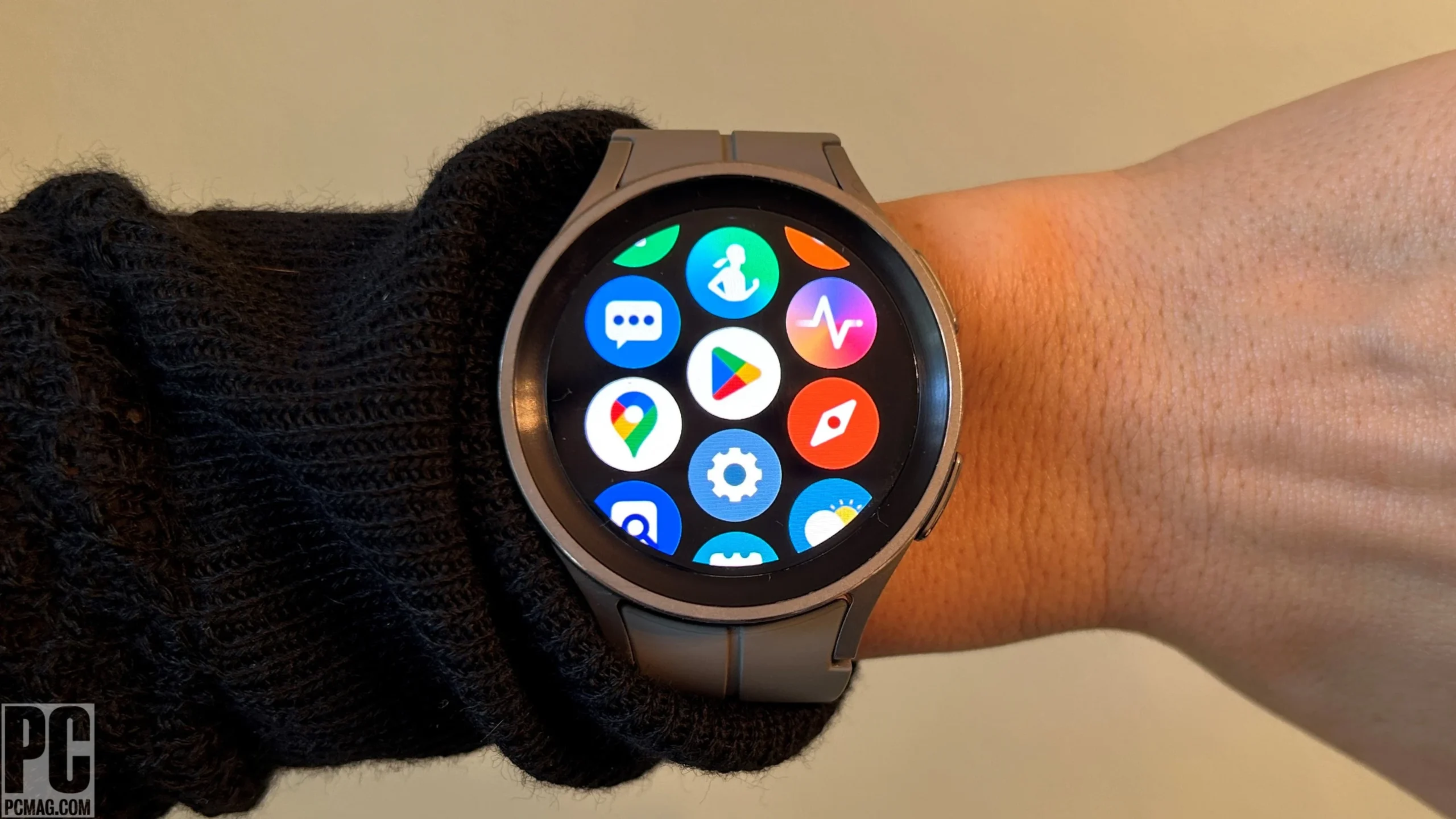 control music, and track fitness data. They often feature touchscreens, built-in GPS, and a variety of sensors, such as heart rate and accelerometer. Some models can also make calls and send messages without the need for a phone. Smartwatches are commonly used for health and fitness tracking, monitoring notifications, and controlling other smart home devices. They offer convenient access to information and functions while on the go, making them a popular choice for consumers seeking a more integrated and hands-free technology experience.
control music, and track fitness data. They often feature touchscreens, built-in GPS, and a variety of sensors, such as heart rate and accelerometer. Some models can also make calls and send messages without the need for a phone. Smartwatches are commonly used for health and fitness tracking, monitoring notifications, and controlling other smart home devices. They offer convenient access to information and functions while on the go, making them a popular choice for consumers seeking a more integrated and hands-free technology experience.
- Fitness trackers: Fitness trackers are wearable devices designed to monitor and track various health and fitness metrics, such as steps taken, calories burned, heart rate, and sleep patterns. They often include sensors such as accelerometers and heart rate
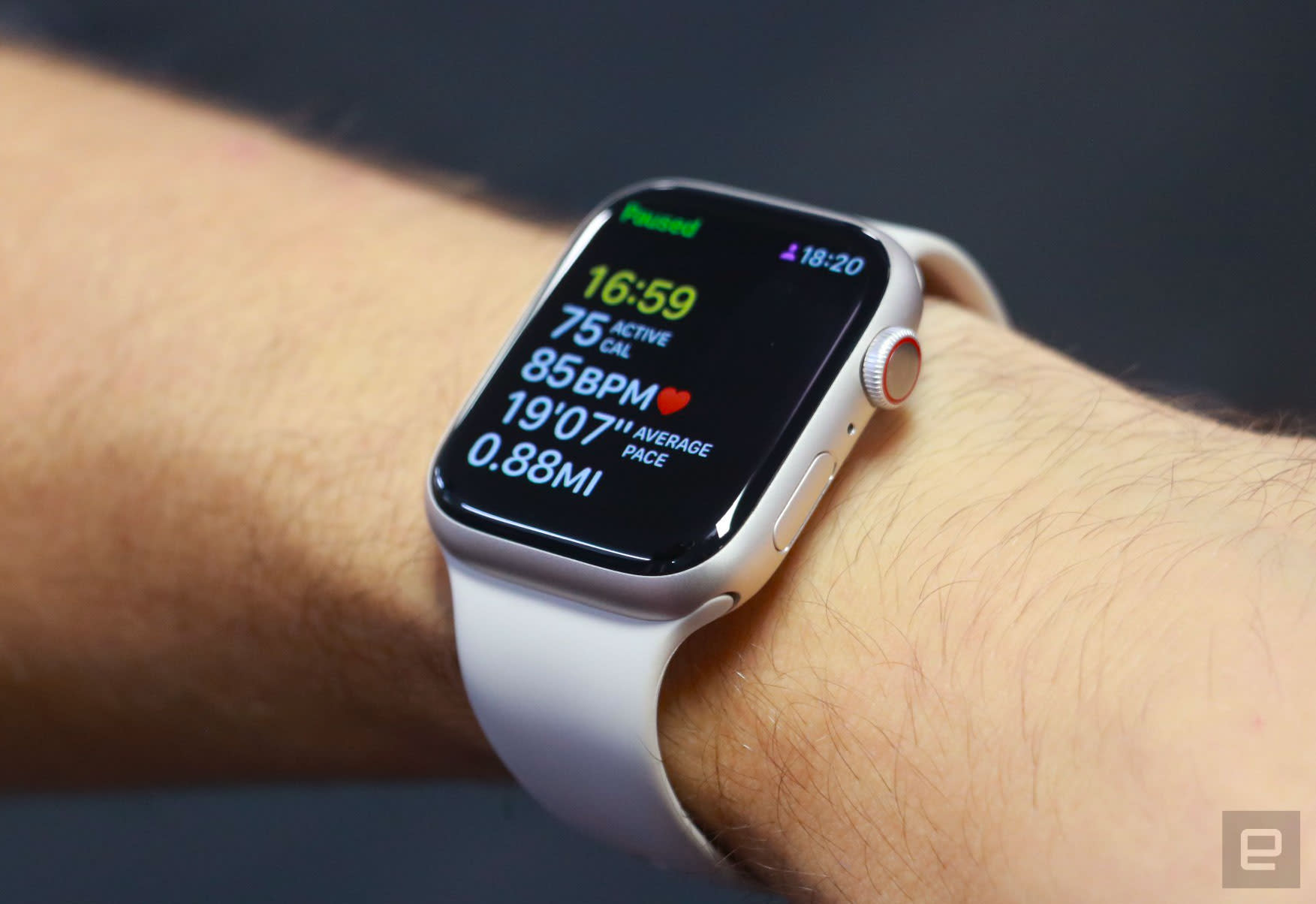 monitors, and some models also include GPS for tracking outdoor activities. Fitness trackers can be worn on the wrist or attached to clothing, and they can be synced with a smartphone or computer to provide detailed information on the user’s activity and progress over time. These devices can be a helpful tool for those seeking to improve their health and wellness, as they provide real-time data and insights to motivate and guide users towards their fitness goals.
monitors, and some models also include GPS for tracking outdoor activities. Fitness trackers can be worn on the wrist or attached to clothing, and they can be synced with a smartphone or computer to provide detailed information on the user’s activity and progress over time. These devices can be a helpful tool for those seeking to improve their health and wellness, as they provide real-time data and insights to motivate and guide users towards their fitness goals. - Game Simulators: A game simulator is a software program that creates
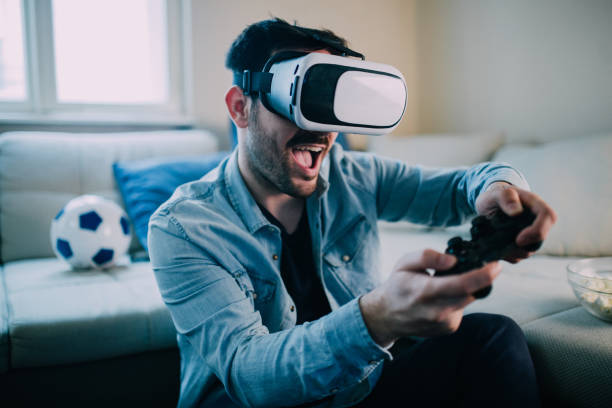 a simulated environment, allowing users to experience or play a virtual game, often in real-life situations or scenarios. Game simulators can simulate a variety of activities such as sports, driving, management, and more, providing users with an immersive and interactive experience.
a simulated environment, allowing users to experience or play a virtual game, often in real-life situations or scenarios. Game simulators can simulate a variety of activities such as sports, driving, management, and more, providing users with an immersive and interactive experience. - Smart Glasses: Smart glasses are wearable devices that integrate computer and display technology into a pair of eyeglasses, allowing users to access information and perform
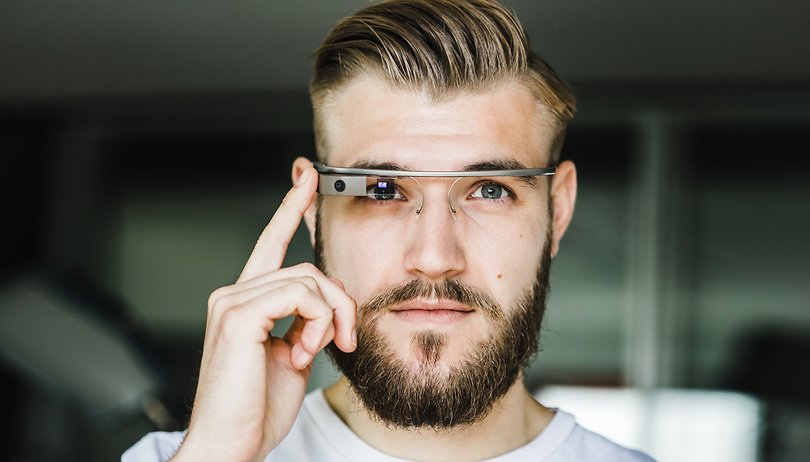 various tasks hands-free. They typically include a built-in camera, microphone, and other sensors, and can connect to the internet, run apps, and display information on the lenses. Examples of smart glasses include Google Glass and Microsoft HoloLens. They are designed for various applications, including entertainment, navigation, communication, and industrial use.
various tasks hands-free. They typically include a built-in camera, microphone, and other sensors, and can connect to the internet, run apps, and display information on the lenses. Examples of smart glasses include Google Glass and Microsoft HoloLens. They are designed for various applications, including entertainment, navigation, communication, and industrial use.
- Wristband: There has been a focus on hand washing education and information during the
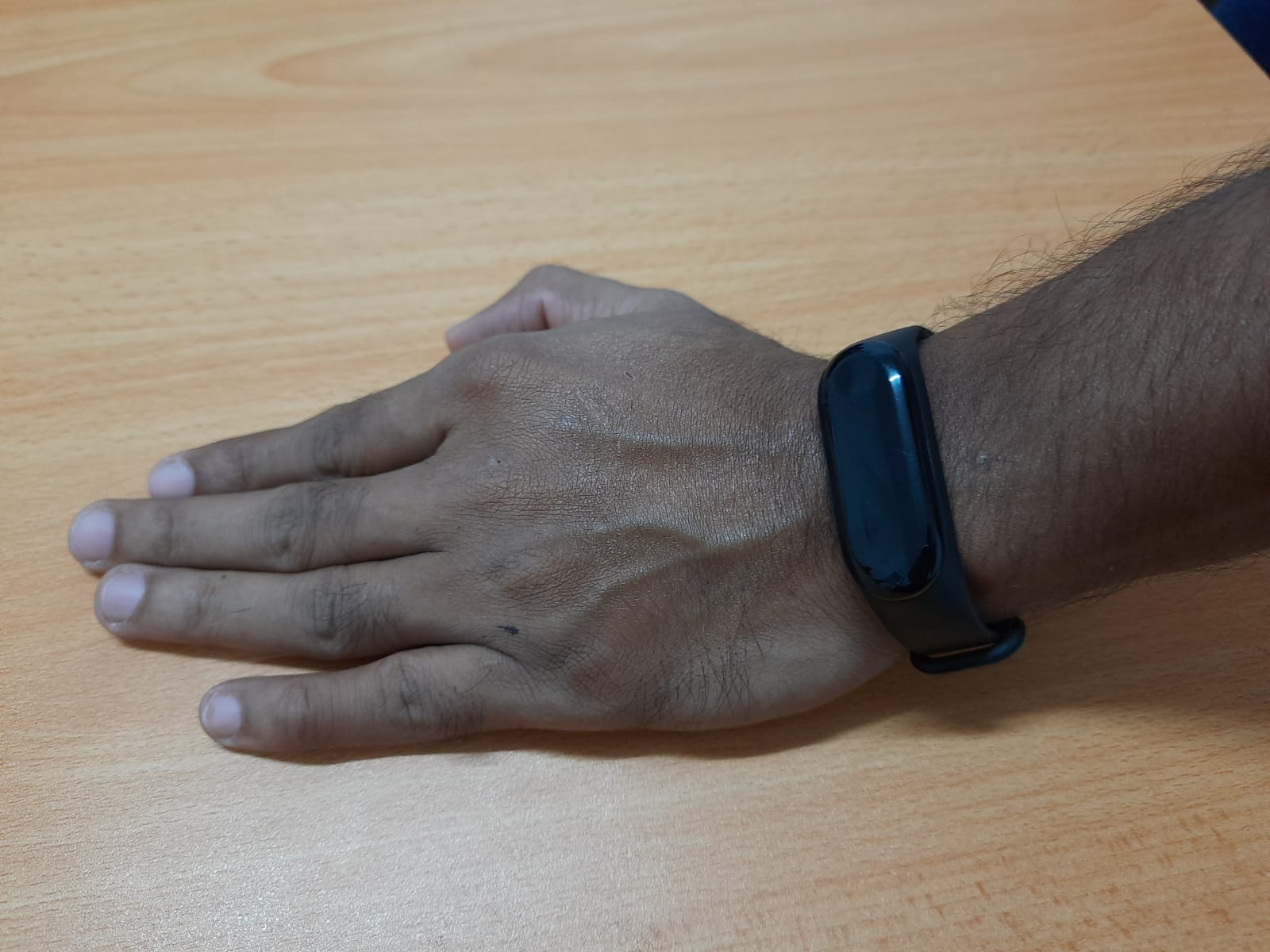 current COVID19 pandemic that has been directed at both health care personnel and the general public. Millions of people are following the advice of health professionals to wash their hands as the COVID-19 pandemic spreads around the globe. One effective strategy for preventing the spread of viruses and infections is hand washing. Even though washing one’s hands is a basic task, many people purposefully neglect it.
current COVID19 pandemic that has been directed at both health care personnel and the general public. Millions of people are following the advice of health professionals to wash their hands as the COVID-19 pandemic spreads around the globe. One effective strategy for preventing the spread of viruses and infections is hand washing. Even though washing one’s hands is a basic task, many people purposefully neglect it.
SenzMate IoT intelligence developed a wristband that is worn by the user for the majority of each day in order to promote the practice of hand washing. It is the perfect tool to solve the issues and enhance the current hand washing process.
The global wearable technology market was valued at USD 61.30 billion in 2022 and is expected to expand at a compound annual growth rate (CAGR) of 14.6% from 2023 to 2030. The increasing adoption of smart wearable technology products among consumers is driving industry growth.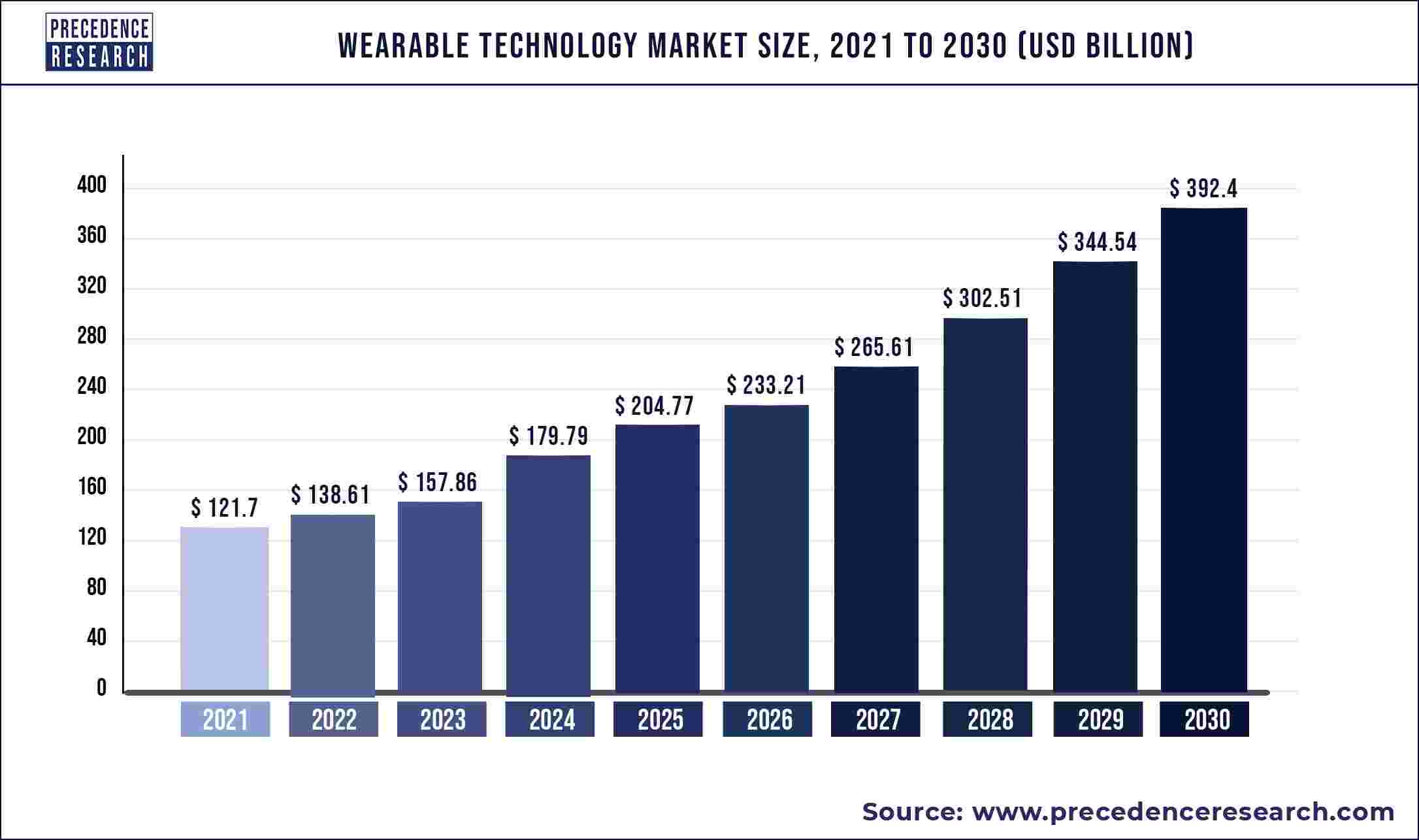
Conclusion
Wearable technology has advanced progressively alongside other fields of technology. The development of wearable technologies, particularly smart glasses and smart watches, will, however, almost be finished in the near future, and society and businesses will begin to embrace these technological devices. In conclusion, wearable technologies will make the future safer, simpler, healthier, quicker, and more enjoyable.







